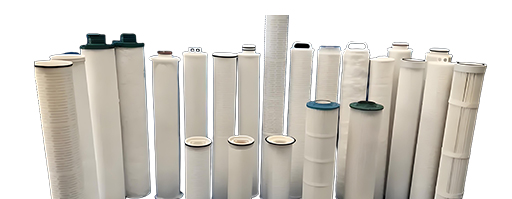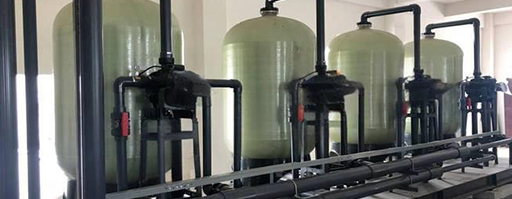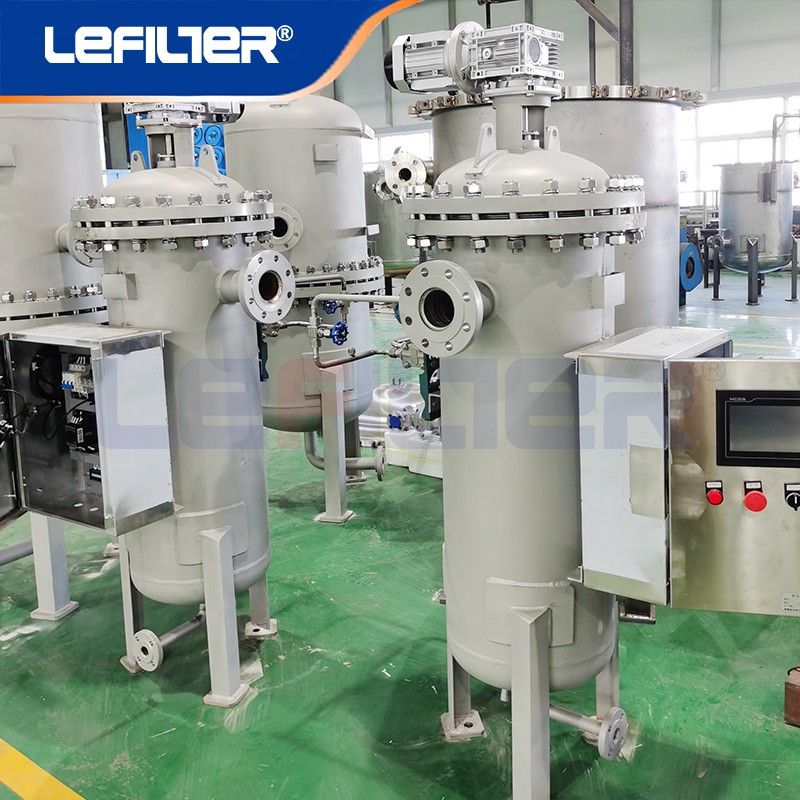Security Filter Design
Publication time:2025-06-30
Structural Excellence through Material Selection
Industrial filter performance and longevity are deeply rooted in the thoughtful selection of housing materials, as different industrial environments present diverse challenges such as corrosive fluids, high temperatures, fluctuating pressures, or exposure to harsh cleaning agents, all of which demand a tailored approach to construction that balances cost-efficiency, durability, and regulatory compliance.
Water security filter units are frequently manufactured using carbon steel for general-purpose applications where chemical corrosion is minimal, offering an affordable yet robust choice for closed-loop systems and cooling water treatment; however, when greater corrosion resistance is required—such as in food processing, pharmaceutical production, or offshore platforms—304 stainless steel becomes the preferred option, delivering excellent mechanical strength combined with moderate resistance to oxidation and most non-chloride chemicals.
In extreme environments where aggressive acids, brines, or high-chloride fluids are present, 316L stainless steel emerges as the material of choice for Industrial water filter assemblies due to its superior molybdenum content, which enhances resistance to pitting, crevice corrosion, and stress cracking, especially under elevated temperatures or continuous flow conditions, making it indispensable in semiconductor, biopharma, and desalination projects that demand consistent purity and structural integrity.
Connection Flexibility for Simplified Installation
Safety filters for water are not only defined by their internal filtration capabilities but also by the configuration and convenience of their connection interfaces, which significantly influence installation efficiency, system compatibility, and long-term serviceability in constrained or preexisting pipeline layouts.
Water filtration system engineers can select from a range of connection types, including flanged ends, threaded joints, or quick-connect clamps, each offering unique advantages for various installation scenarios. Flanged connections are widely employed in heavy-duty applications such as municipal pumping stations or large-scale industrial plants where secure, leak-proof sealing under high pressure is critical, and where regular disassembly may not be necessary; they also allow for precision alignment in complex pipe routing.
Threaded ports, on the other hand, provide a compact and easily serviceable option, ideal for moderate-pressure systems or modular filtration skids, especially in industries where space is at a premium and downtime must be minimized. For high-frequency maintenance or clean-in-place (CIP) operations, quick-clamp or tri-clover fittings enable rapid disassembly and reassembly without the need for tools, making them highly popular in food-grade or pharmaceutical environments where hygiene and operational agility are paramount.

As a result, Industrial filter systems that support a variety of connection standards are better equipped to meet the practical demands of system designers, OEM integrators, and maintenance technicians across industry segments.
Pressure and Temperature Resilience in Demanding Environments
Water security filter units must reliably perform under dynamic pressure and thermal conditions that vary not only between industries but also within the same process depending on batch cycles, cleaning procedures, or fluid characteristics—necessitating a robust design capable of absorbing fluctuations without structural compromise.
The pressure rating of a Water filtration system typically ranges from 6 bar (87 psi) for standard building services to over 25 bar (360 psi) for high-pressure industrial water loops, and in custom-engineered scenarios such as steam-condensate filtration or chemical injection protection, even higher tolerances may be required. To meet these needs, security filters are engineered with reinforced bodies, seamless welding techniques, and pressure-tested seals that comply with international standards such as ASME, PED, or GB/T.
Thermal resistance is equally critical, especially when filtering heated fluids, steam condensate, or CIP return water; stainless steel housings are often rated up to 150°C (302°F), while specialty designs incorporating extended gasket materials and venting provisions can go significantly higher.
Industrial water filter housings must also resist thermal cycling, which can fatigue less stable materials over time and lead to deformation or leakage at connection points. The use of advanced elastomers like EPDM, Viton, or PTFE in gaskets and O-rings helps ensure performance integrity even under repeated temperature swings or chemical exposure, which is especially important in pharmaceutical and food sectors where both heat and sanitation chemicals are part of daily operations.
Integrated Safety and Operational Enhancements
Safety filters for water are increasingly designed with auxiliary features that not only safeguard system components but also support smarter operation, reduce manual intervention, and enhance filtration performance over time. Among the most valued enhancements is the integration of automatic air vents that prevent gas accumulation, which could otherwise create flow restrictions, measurement inaccuracies, or water hammer effects during start-up.

In high-purity or precision applications, differential pressure gauges or transmitters are installed on either side of the filter housing to provide real-time feedback on filter media condition, enabling operators to schedule maintenance based on actual pressure drop rather than fixed intervals, which not only minimizes operational disruption but also prevents filter overloading or rupture.
Industrial filter designs that include built-in drain ports or automatic drain valves significantly improve safety during filter replacement or cleaning, as they allow for the controlled release of trapped fluids, pressure, or contaminants—especially when dealing with hazardous or hot fluids.
Some advanced Water filtration system models incorporate backflush or self-cleaning mechanisms that extend the service life of the filtration media by periodically removing accumulated debris without requiring disassembly, a feature particularly useful in continuous-flow systems or unmanned installations.
Together, these integrated features help create Water security filter units that are not only physically resilient but also operationally intelligent, supporting preventive maintenance programs, digital monitoring systems, and reduced lifecycle costs across a range of critical sectors including energy, chemical processing, and advanced manufacturing.










